Lawn
All Lawn Content
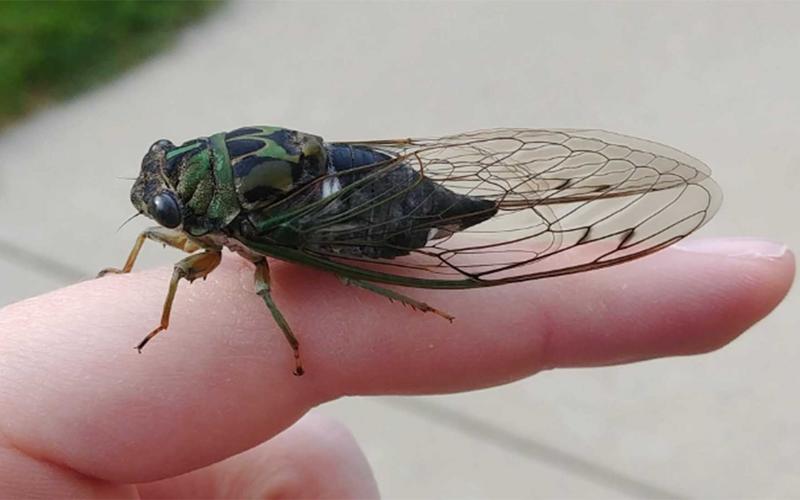
What’s Buzzing in the Trees?
Each summer we hear a droning buzz that comes from the trees. Many residents of South Dakota attribute this noise to locusts. But that isn’t what is making the buzzing sound! The insects responsible for the buzz are actually called cicadas
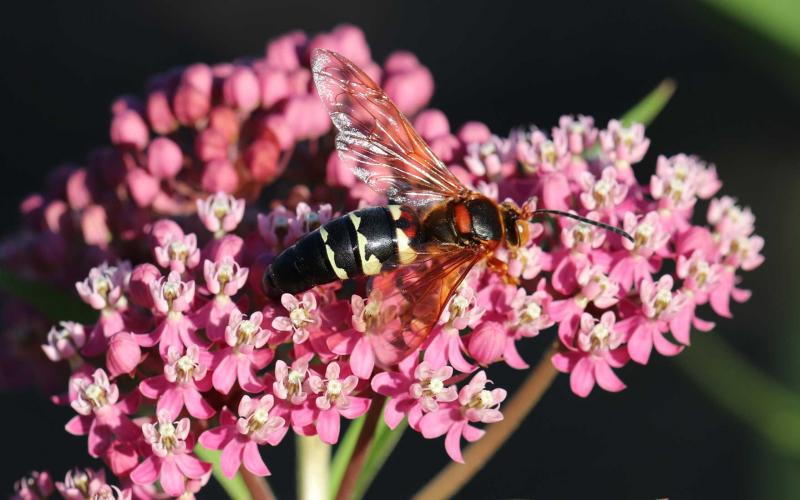
Giant Wasps Are Invading My Yard! No, They Still Aren’t Murder Hornets.
Every year we receive multiple reports of giant wasps that seem to invade yards and gardens. These wasps aren’t the same as the so-called "murder hornets," but are actually cicada killer wasps.
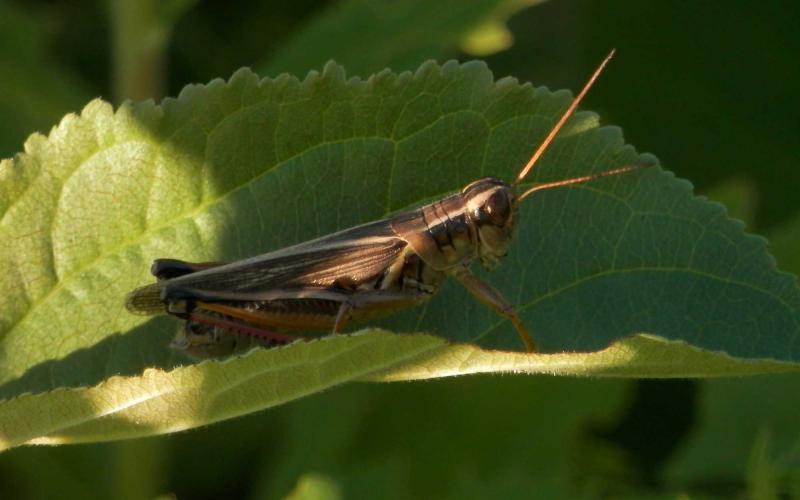
Grasshoppers: When to Manage Them in a Yard and Garden
Grasshopper populations are elevated in Central South Dakota. Some of the concerns regarding these large grasshopper populations is that they are feeding on trees, gardens and almost everything in between.
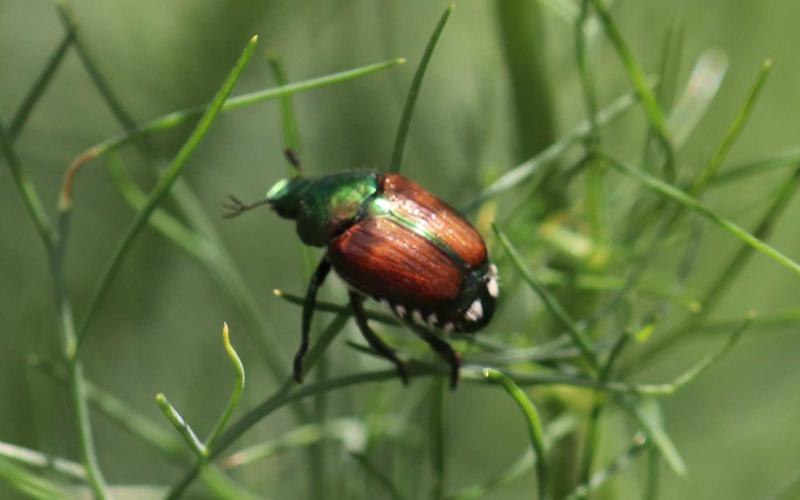
What Are These Shiny Beetles in My Yard and Why Are They Eating Everything?
Japanese beetles are very bad news for anyone with a garden. They are polyphagous insect pests, which simply means they feed on many different host plants.
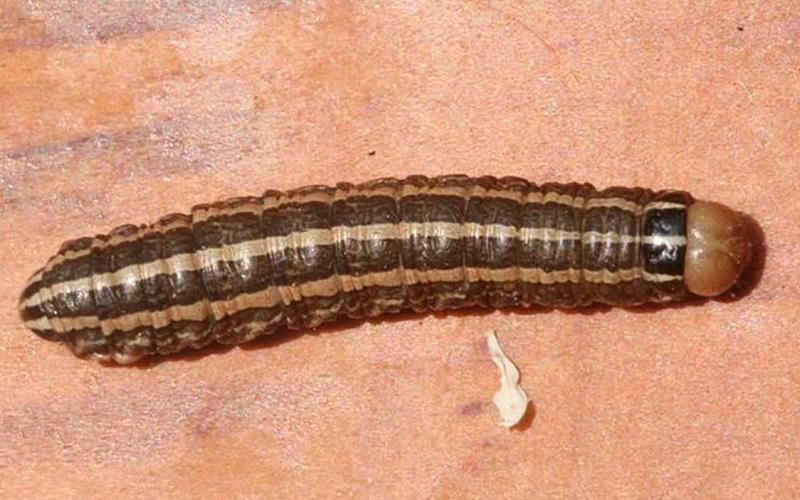
Monitor Lawns and Gardens for Bronzed Cutworm Activity
Bronzed cutworms can be an issue for lawns and gardens in South Dakota. In grass, bronzed cutworms will feed and leave small brown circular patches. Large populations of bronzed cutworm can result in severe lawn injury.
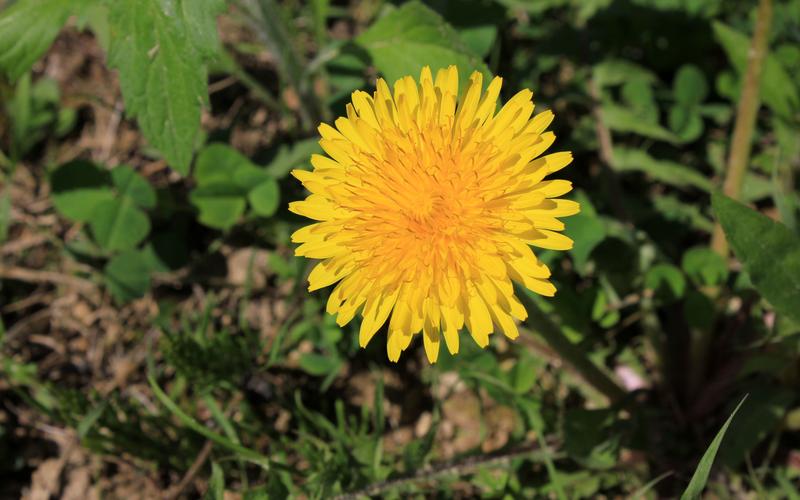
Dandelion Season
The yellow flowers of spring are coming. Spring dandelion treatments are not as effective as fall, but they can be used to stop the yellow flowers from producing viable seed.
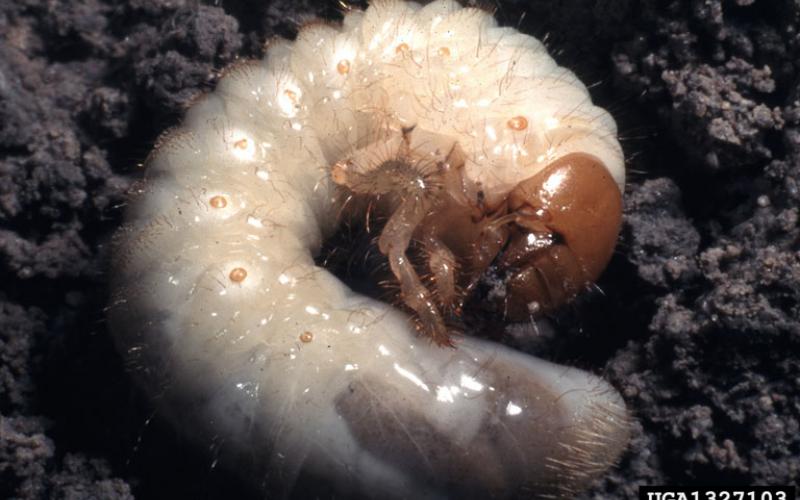
White Grub Damage to Lawns
White grubs are root-infesting larvae that are the immature stages of scarab beetles. Grub-infested turfgrass may turn brown and die from drought stress due to the inability to take up water from loss of roots.
Understanding Thatch in Turf
Many homeowners have a misconception that thatch in turfgrass is undesirable and should be eliminated; however, when thatch is not excessive it is actually beneficial to the turf.
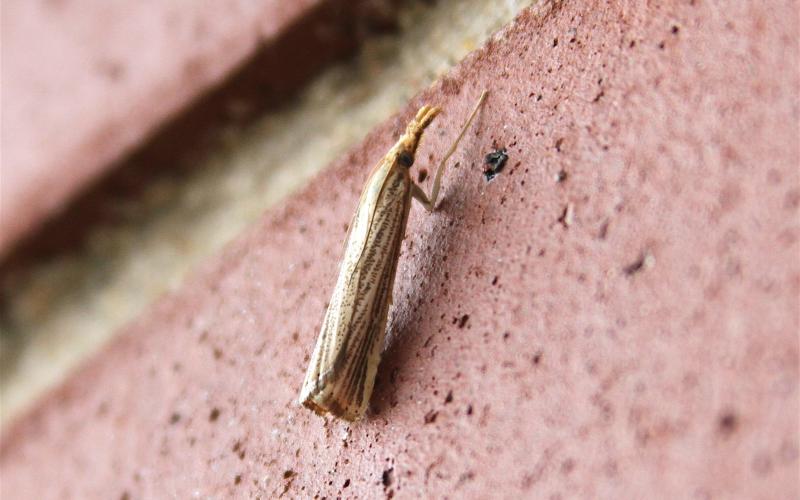
Sod Webworm in South Dakota
Sod webworm moths are emerging throughout South Dakota. Although these pests are common during the fall, the number of moth sightings and population densities in the Western half of the state are higher than normal. The particular species being found is the vagabond sod webworm. Unlike several other webworm species found in the United States, vagabond sod webworms rarely cause much damage and the adult moths are no more than just a short-term nuisance.